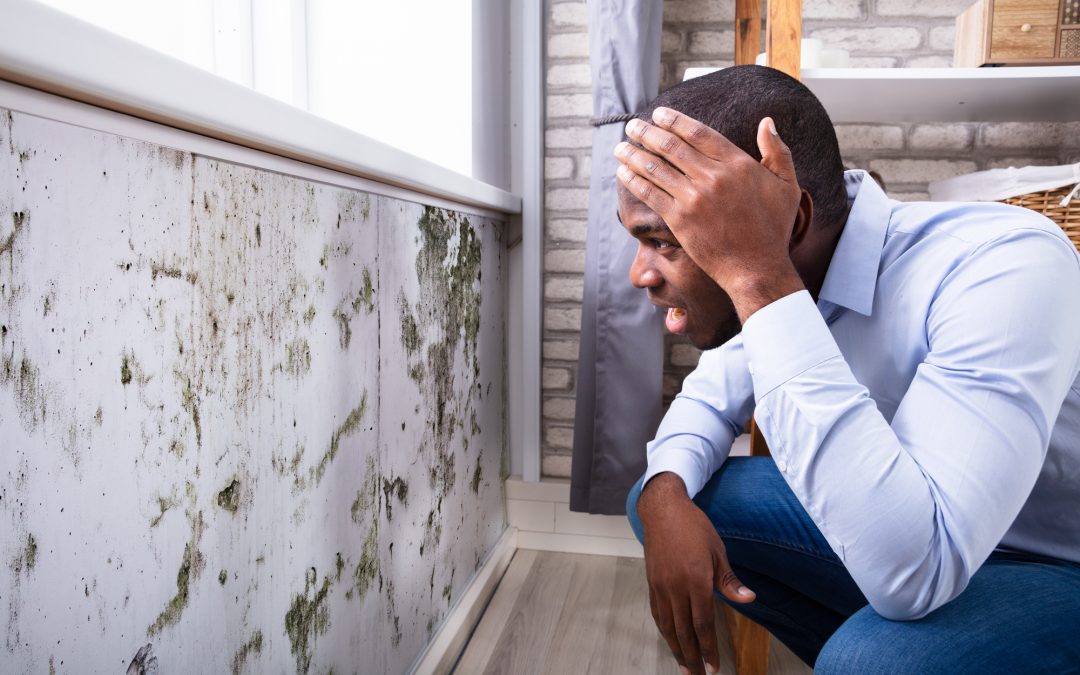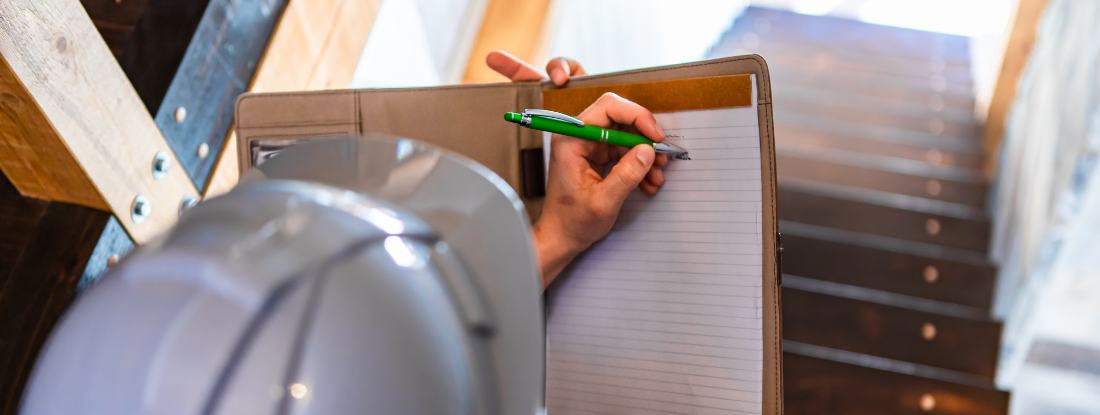Your Ultimate Guide to Article Mold Removal Techniques
Navigating the world of post-mold removal strategies is a precise procedure that requires interest to detail and a detailed understanding of the complexities entailed. In the results of mold invasion, understanding exactly how to effectively remove the mold and mildew and prevent its reoccurrence is paramount for preserving a healthy indoor setting. From choosing the right cleansing and disinfecting approaches to executing methods for long-lasting mold and mildew avoidance, each step in the removal trip plays a vital duty in guaranteeing a successful result. As we start this exploration of post-mold remediation techniques, we will certainly uncover the crucial strategies and best methods that can aid you recover your area to its pre-mold problem and protect it against future mold hazards.
Understanding Post-Mold Remediation Refine
After finishing the mold removal procedure, it is essential to comprehend the post-mold removal strategies that are required to make certain a effective and extensive clean-up. When the mold has been gotten rid of, the next step includes cleansing and disinfecting the influenced areas to avoid any kind of regrowth of mold.
In addition, carrying out a final examination post-remediation is vital to make sure that all mold has actually been efficiently removed. If the evaluation reveals any remaining mold and mildew, additional removal may be necessary.
Efficient Cleaning Up and Decontaminating Methods

Avoiding Future Mold Development

Value of Correct Ventilation
Correct air flow plays a critical role in preventing wetness buildup, a crucial element in mold and mildew development within interior environments. Efficient ventilation systems aid eliminate excess humidity from the air, minimizing the opportunities of mold and mildew spores locating the dampness they require to germinate and spread. Without sufficient air flow, interior rooms can come to be a reproduction ground for mold and mildew, resulting basics in prospective health threats and architectural damage.
By guaranteeing appropriate air blood circulation, air flow systems can likewise help in drying wet locations faster after water damages or flooding cases, additionally discouraging mold and mildew growth. Post Mold Remediation Report. In spaces like restrooms, cooking areas, attic rooms, and basements where wetness degrees often tend to be greater, mounting and preserving reliable ventilation systems is crucial in preventing mold invasions

Tracking and Maintenance Tips
Given the essential role that proper ventilation plays in stopping mold development, it is essential to establish efficient monitoring and maintenance suggestions to ensure the continued functionality of air flow systems. Routine examinations of ventilation systems ought to be performed to inspect for any signs of obstructions, leakages, or breakdowns that might hinder correct air movement. Surveillance moisture degrees within the residential property is also crucial, as high humidity can add to mold growth. Installing a hygrometer can aid track humidity levels and alert homeowners to any kind of spikes that might his explanation call for focus. Furthermore, making sure that air filters are frequently cleansed or replaced is essential for keeping the efficiency of the air flow system. Carrying out a timetable for regular maintenance tasks, such as air duct cleansing and HVAC system examinations, can help prevent issues before they escalate. By remaining proactive and alert to the condition of ventilation systems, homeowner can properly alleviate the danger of mold regrowth and maintain a healthy and balanced indoor atmosphere.
Final Thought
In conclusion, post-mold remediation methods are important for ensuring a clean and risk-free environment. Comprehending the process, executing effective cleansing and sanitizing methods, avoiding future mold development, preserving proper ventilation, and normal surveillance are all crucial action in the removal process. By following these standards, you can effectively eliminate mold and mildew and stop its return, advertising a healthy living or working space for all occupants.
In the after-effects of mold and mildew invasion, knowing how to properly remove the mold and stop its reoccurrence is vital for maintaining a healthy and balanced indoor environment. As soon as the mold and mildew has actually been eliminated, the next step includes cleaning and sanitizing the impacted locations to avoid any kind of regrowth of mold - testing air quality after mold remediation. After removing visible mold development, it is essential to clean all surface areas in the afflicted area to remove any type of remaining mold spores. To better enhance mold avoidance measures, it is necessary to attend to underlying issues that originally led to mold growth.Given the critical role that correct ventilation plays in preventing mold and mildew growth, it is important to establish reliable monitoring and upkeep ideas to ensure the ongoing performance of ventilation systems
Comments on “Necessary Steps After Mold Remediation”